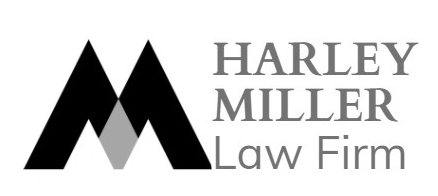When a new product hits the market and successfully attracts customers, competitors will develop the same or comparable products sooner or later. Rivals can benefit from scale of production, more market access, better relations with important distributors, or easier access to raw materials in certain cases. Since raw materials are cheaper, it is possible to make a similar or identical product at a lower cost, putting a lot of pressure on the original product or service’s originator. This may force the original creator out of the market, especially if they have invested greatly in producing a new product while rivals benefit from that investment and don’t lose any cent for the original creator’s unique work and creativity. This is an important reason why SMEs should consider adopting intellectual property to protect their creative products and creations, allowing them exclusive rights to exploit their inventions, industrial designs, trademarks, literary and artistic works, and other intangible assets. Intellectual property law provides ownership of creative or inventive work, considerably limiting the possibility for competitors’ copying and imitation.
A company’s assets are generally classified into two types: tangible assets, which include factories, machinery, finance, and infrastructure, and intangible assets, which include human resources and technical things, ideas, strategies, business plans, brands, designs, and other intangible outcomes created by a company’s creative and innovative ability. Generally, tangible assets are the most important assets of an organization and are regarded as key when assessing a firm’s capacity to compete in the marketplace. This has greatly changed in recent years. Businesses are recognizing that intangible assets are becoming more valuable than tangible assets.
Nowadays, many top organizations in a variety of business sectors hire other companies to manufacture their goods, allowing them to focus on developing new goods and designs and promoting their brand (or label) to attract customers. While items are designed in one location, they are produced in another. The value of these organizations’ tangible assets may be small, but their intangible assets (for example, brand reputation and/or exclusive possession of essential technologies or attractive appearance) are extremely valuable.
Legal protection of intangible assets through the intellectual property system provides the owner with the exclusive right to use those assets in business for a certain period of time. Back to the earlier example, a company that outsources product production can continue to expand its operations because the main selling points of its products are creative designs, exclusive technology, and/or trademarks – all of which are exclusively private property due to the effective use of intellectual property protection. In a nutshell, intellectual property makes intangible assets “a little more tangible” by converting them into exclusive assets.





